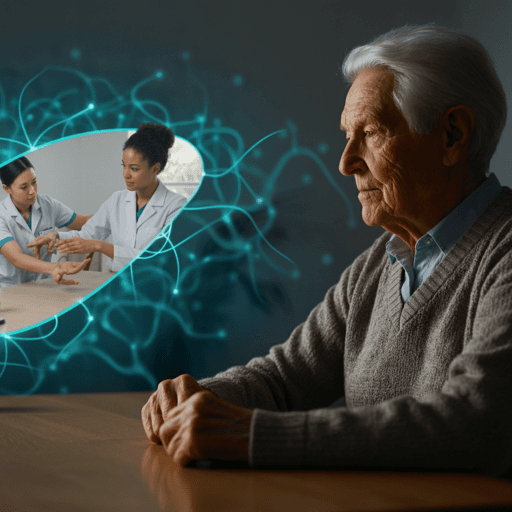
Medicine and Health
Impact of action observation therapy on motor and cognitive outcomes in older adults with mild cognitive impairment: a randomized controlled study
M. Martin-blazquez, M. D. Sosa-reina, et al.
Action Observation Therapy improved cognition, activities of daily living, gait, and balance in older adults with Mild Cognitive Impairment, with no difference between observing a therapist or a peer. This 5-week study compared therapist observation, peer observation, and control groups and found both observation groups outperformed control. This research was conducted by Miriam Martin-Blazquez, M. Dolores Sosa-Reina, Angye Micaela Andrade-Granda, Ismael Sanz-Esteban, Javier López-Ruiz, and Cecilia Estrada Barranco.
~3 min • Beginner • English
Related Publications
Explore these studies to deepen your understanding of the subject.







